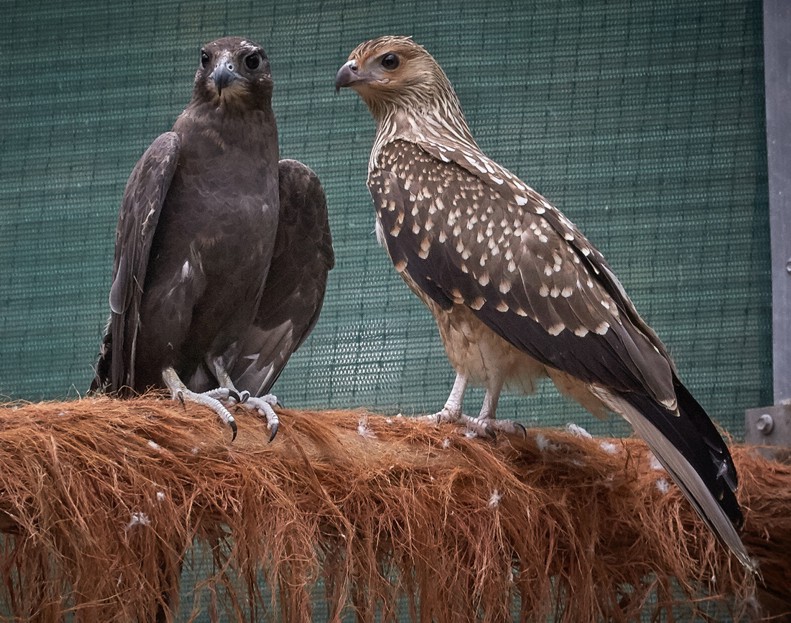

Try putting raisins and mealworms on a ground-feeding tray in your yard to entice them to take a snack.Ĭheck your nesting boxes for chickadees, titmice, or wrens raising families. This is a sure indicator that their nest is present. Watch for robins and mockingbirds to dart in and out of trees and shrubs. Provide Calciumįeeding foods with added calcium like our Plus Blends, Bark Butter Bits, and Nesting SuperBlend will aid in strong egg production. Click here for the Nesting Chart of the birds in our area. Remember that many of our birds will have two, three, and even four broods per spring/summer. After one to three weeks, the parents stop feeding their fledglings and may even peck at them if they persist in begging for food to get them to feed themselves.They either wait, looking like they are waiting to be served, or they call incessantly "teeship teeship" and flutter their wings until fed. Chickadee fledglings follow their parents to the bird feeder and perch nearby as the parents go to get food.You can recognize Downy and other woodpecker fledglings by their fresh and dapper plumage, whereas that of the adults is worn and dusky from their repeated trips in and out of the nest hole.In some species, fledglings' tails are shorter than the adults', because the tail feathers are still growing.Fledglings are about the same size as adults, but often their plumage color is muted and similar to adult females.Here are some characteristics and behaviors to look for when watching these baby birds as they begin to leave the nest: Look for the young birds as they follow their parents to the feeder. Studies have shown that this extra nutrition reduces aggression among nest siblings and increases their rate of growth.Īs broods of fledglings leave the nest they are being fed and taught to eat from feeders by their parents, a fascinating interaction to observe. When abundant food is accessible to parent birds it means that more food is provided to their chicks. The adults will also have more time available for protecting their nest, eggs, and young from predators. This is significant because earlier broods typically have better rates of survival and fledging success than later ones.įeeders also allow breeding females to spend less time searching for food and more time selecting better nesting sites and constructing higher quality nests. Recent research studies show that birds with access to bird feeders often lay their eggs earlier than those without feeders.
Wildlife rescue birds adult cincinnati full#
Full feeders provide an opportunity to see adult birds as they take some time away from the duties of raising their young. You don't want to miss out on many fun and fascinating wild bird "family life" activities. Parents introduce their children to a world of new experiences. The same can be said for the birds that will be raising their young in your backyard this season. Monitoring Nest Boxes | Features of a Good Nest Box | Found A Baby Bird - What to Do | Meeting Your Birds' Nesting Needs | Fledging Facts | It Ain't Over 'Til It's Over | Provide Calcium | Other Tips Studies show that when birds have access to feeders during nesting season they have more successful broods.īy providing food throughout the nesting season you are helping to increase the bird population. Did you know that for most of our backyard birds nesting season lasts from February or March until August or September?


 0 kommentar(er)
0 kommentar(er)
